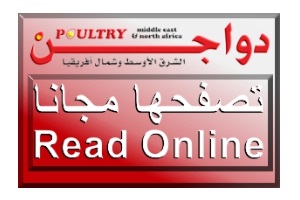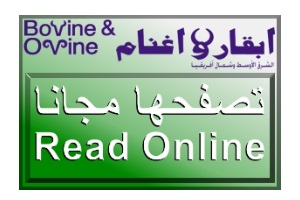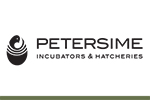 Numbers and data are overly done in relation to global feed prices, they go up and down all the time. Sometimes we are optimistic about the positive side, and sometimes we hear the sound of the alarm threatening the animal production industry in general and the poultry production field in particular.
Numbers and data are overly done in relation to global feed prices, they go up and down all the time. Sometimes we are optimistic about the positive side, and sometimes we hear the sound of the alarm threatening the animal production industry in general and the poultry production field in particular.
Feed is an essential component of production and it costs the breeder two-thirds of the production costs and plays a key role in productivity and in the profitability of the breeder. Its prices are linked to supply, demand and global logistics. The breeder cannot control the logistics, but he can control the quality of the feed and limit its contamination so that it does not lead to the spread of germs and mycotoxins.
But do we blame production losses only on feed? Does the responsibility fall on it solely? What about management and biosecurity measures? Are they not factors in the success or failure in the poultry production?
According to the latest reports issued by the Center for Market Research Future, the global feed market size is expected to register an annual growth rate of 4.5% to reach $730 billion by 2027.
There is no doubt that we live in the midst of unprecedented crises, but do we give up? Do we let the breeder give up? Our life is linked to the quality of feed and human life as well, which is threatened by aflatoxin, Salmonella, and Campylobacter that carry great damages to human health. Our life is linked to the productivity of the breeder, but how do we support him and instill in him a spirit of optimism when we do not know anything about the future?
Problems in breeding and production resulting from contaminated feed, what are the reasons? What are the solutions? How do we help the educator? Does anyone trace the origin? Who is watching and who is watching the observer?
From this platform, we invite all poultry experts, researchers and breeders to share with us their opinions and ideas... Our hand is extended for help and cooperation. We need in-depth studies and research on the issue of feed contamination and we are ready to support researchers... Most of us rely on Western studies, but who conducts in-depth studies in our Arab region? what are the types of mycotoxins that we have? How is our feed contaminated? Have were the feed, raw materials and their compounds exported? Do they not have certificates proving that they are free from fungal toxins and germs? Did they get contaminated during the exporting process? Were they contaminated in our factories? Are we missing out on biosecurity measures?
We want field studies that prove by numbers the percentage of feed contamination in our factories and classify the types of toxins and germs by names. Which studies do we present to the West if they want to know the reality of feed in our region? Which expert has all the details? Do we have reliable research to offer? Aren't the results of these field tests a pillar of correct breeding? Will it not help the breeder minimize his losses? One hand does not clap on its own, we are ready to cooperate with research centers, farms, universities and veterinarians... with everyone who seeks to provide a scientific summary that benefits the breeder and the poultry sector.
We want an Arab revolution in the field of scientific research, so let us cooperate in providing the best and serve the poultry production sector!!!


















